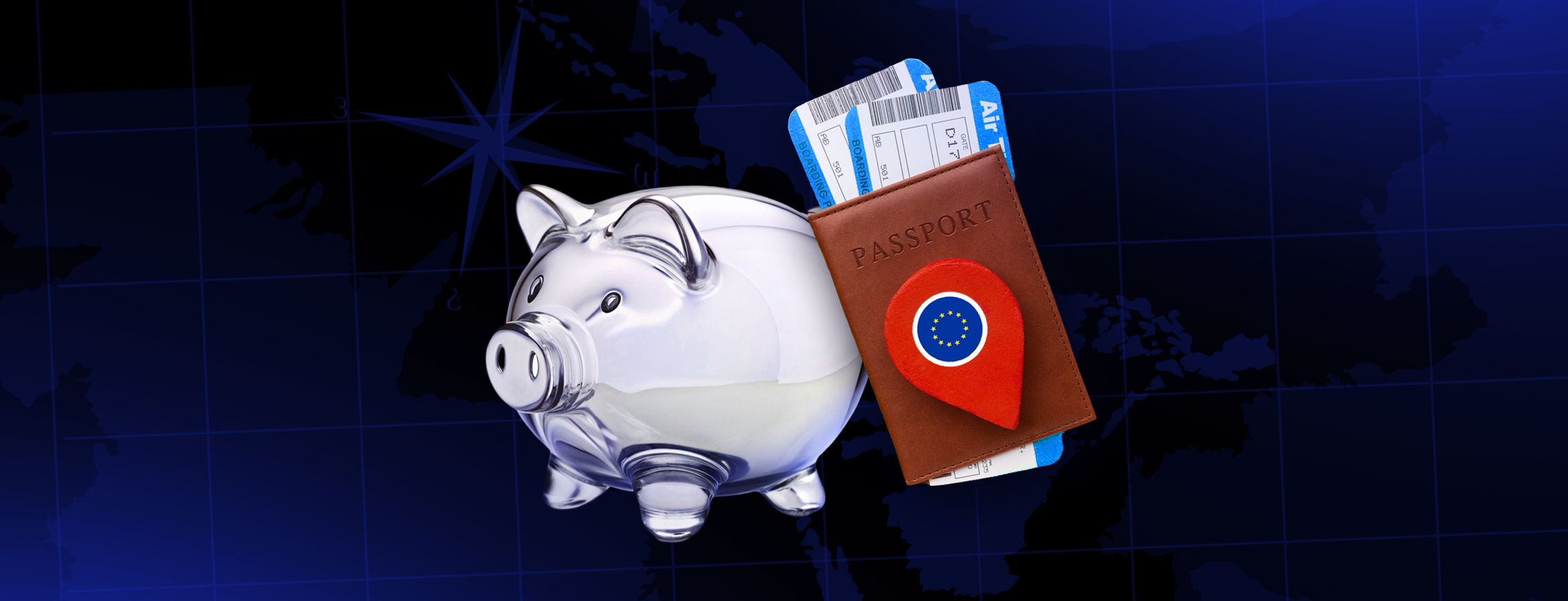
.svg)


The internet and advancements in technology have significantly changed how money is earned and how people work. Digital creators have revolutionised what started as a way to stay connected to friends, a means to earn money, and a means to connect with a larger world beyond themselves. Instagram and other platforms that started as places to document life have evolved into a thriving economy where creators aren't just chasing likes, they're chasing (and securing) income.
In an era when traditional job markets are shifting, and financial independence is a top priority, more people are building profitable online businesses centred on their creativity. Whether it’s monetising an audience, selling digital products, or collaborating with brands, creators are diversifying their income streams and redefining what it means to “make a living.”
In this article, we break down 8 of the most popular and effective ways digital creators are making money online in 2025, proving that with the right tools and strategy, your creativity can be your greatest financial asset.

1. Brand Partnerships & Sponsored Posts
Brands leverage the audience and follower count of digital creators to introduce themselves to a broader audience of potential users. Influencers and content creators regularly collaborate with brands, from lifestyle to fintech, to create sponsored posts and videos. These partnerships are mutually beneficial: brands get access to new audiences, and creators earn an income, often from anywhere in the world.

2. Affiliate Marketing
For every discount code you use from an influencer’s page, you are adding to their earnings. Beyond creating the content, brands offer additional benefits for digital creators by providing them with direct codes to share with their followers, allowing them to track and monitor the success of their partnerships. Affiliate marketing allows creators to earn commissions by recommending products or services. Whether it’s a discount code or a trackable link, every sale generated brings in passive income for the creator and provides value for their audience.
3. Selling Digital Products
Although a lot of knowledge is available online, creators still tailor niche products to sell to their audience depending on their needs or wants. From templates to e-books, digital products are a smart way to monetise specialised knowledge. Creators often build these products based on recurring audience questions or needs and sell them on platforms like Gumroad, Selar, or Amazon.
4. Subscriptions
Loyal followers are often happy to pay for exclusive content. Platforms like Substack, Patreon, and even Instagram Subscriptions allow creators to offer premium newsletters, behind-the-scenes content, or early access to projects in exchange for monthly fees.
5. YouTube Ad Revenue
You have likely seen some of your favourite online creators transition from platforms like Instagram and TikTok to create long-form content on YouTube, and perhaps you have also heard them emphasize the importance of building for YouTube. Long-form video content on YouTube is more than just storytelling; it’s a solid income stream. Through the YouTube Partner Program (YPP), creators earn money from ads placed on their videos.
More views = more money.
6. UGC (User-Generated Content) Creation
Not all content creators are influencers. Many individuals are paid to create high-quality content for brands to use in their own marketing efforts. This “behind-the-scenes” creator economy is growing fast and doesn’t require a large personal following.
7. Teaching Online Courses
Have you ever been so impressed with a creator's content that you were very willing to pay to attend a virtual class? Whether it's design, writing, skincare, or finance, creators are increasingly packaging their knowledge into paid courses. With platforms like Teachable, Kajabi, or Selar, anyone can teach what they know and get paid for it.
8. Freelancing and Consulting
Many creators also freelance, offering services such as content strategy, writing, or marketing to brands that require their expertise. It's a way to turn influence into income while building a reputation beyond social platforms.
So, what are the advantages of being a digital creator?
Flexibility: Digital creators are not limited by work hours, location, or any restrictions that other people face. While contractual obligations are typically established when working with brands, they still enjoy the flexibility of working hours and can also work on their terms.
Multiple Income Streams: Based on the points mentioned above, a creator who engages in all of them can enjoy a life of ease with numerous revenue streams, both passive and active. Working hard by day and earning while you sleep is the dream of every digital creator!
Creative Freedom: With creating, you have almost 100% creative liberty over what you produce, how you want your content to look, when you want to make it, and most importantly, in what format you create it.
Global Reach: The internet extends our reach to a world beyond our physical limits, and that is one of the many perks of being a digital creator. You might be creating for an audience in Nigeria and being seen and recognised by someone in Taiwan.
Why you should use Pesa as a digital creator

Whether you’re earning in dollars, euros, or pounds, managing your international income efficiently is key. That’s where Pesa comes in.
Pesa helps digital creators receive, hold, and send money in the world’s strongest currencies all from one easy-to-use platform. No stress. No hidden fees. Just more control over your money, no matter where your audience or clients are.
In a creator economy that’s global by design, Pesa is how creators keep their money moving smartly.
READ MORE: Top 10 Currency Exchange Pairings Used by Global Freelancers
Related articles
See all














